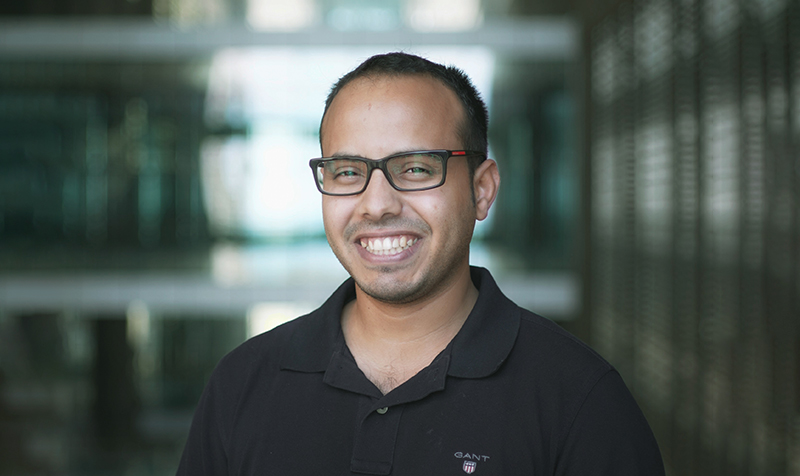Samhan Alsolami, a Ph.D. student working in the laboratory of Mo Li, originally hails from Thuwal, “where my family and relatives have always lived,” he says. “I’ve always been interested in the process of science and discovery because it is the basis of modern society.”
After graduating from a local high school, Alsolami joined the King Abdullah scholarship program to travel abroad to undertake undergraduate studies in California, U.S. “While I was studying for my undergraduate degree, I was one of a few candidates who was awarded an internship funded by the California Institute for Regenerative Medicine (CIRM),” explains Alsolami, “So I was at UC-Irvine where I participated in exploring how stem cells can be used to treat neurological disorders.”
While at UC-Irvine, Alsolami met his current mentor Mo Li, who was just setting up his bioscience lab at KAUST. “I was also funded by a CIRM fellowship as a postdoc, and this connection between us and Samhan’s enthusiasm for stem cell research convinced me to bring him halfway around the world back to Thuwal and KAUST. He is one of the most diligent students in my group and his passion for research is infectious,” says Prof. Mo Li. “Meeting Professor Li strongly influenced my decision to come to KAUST because his research interest is at the heart of regenerative medicine,” says Samhan.
Alsolami’s Ph.D. aims to advance the field of regenerative medicine through optimization of stem cell cultures and generation of 3D models of human embryogenesis. He has recently published the first two papers of his Ph.D., “one of which is at the forefront of the stem cell field; we created one of the first few human embryo models,” he says.
He also has lofty ambitions for the future. “I’d like to be able to continue conducting high-quality research working with the best minds from around the world,” he says, “and I aim one day to have my own lab that focuses on realizing the promise of the field of regenerative medicine.”

